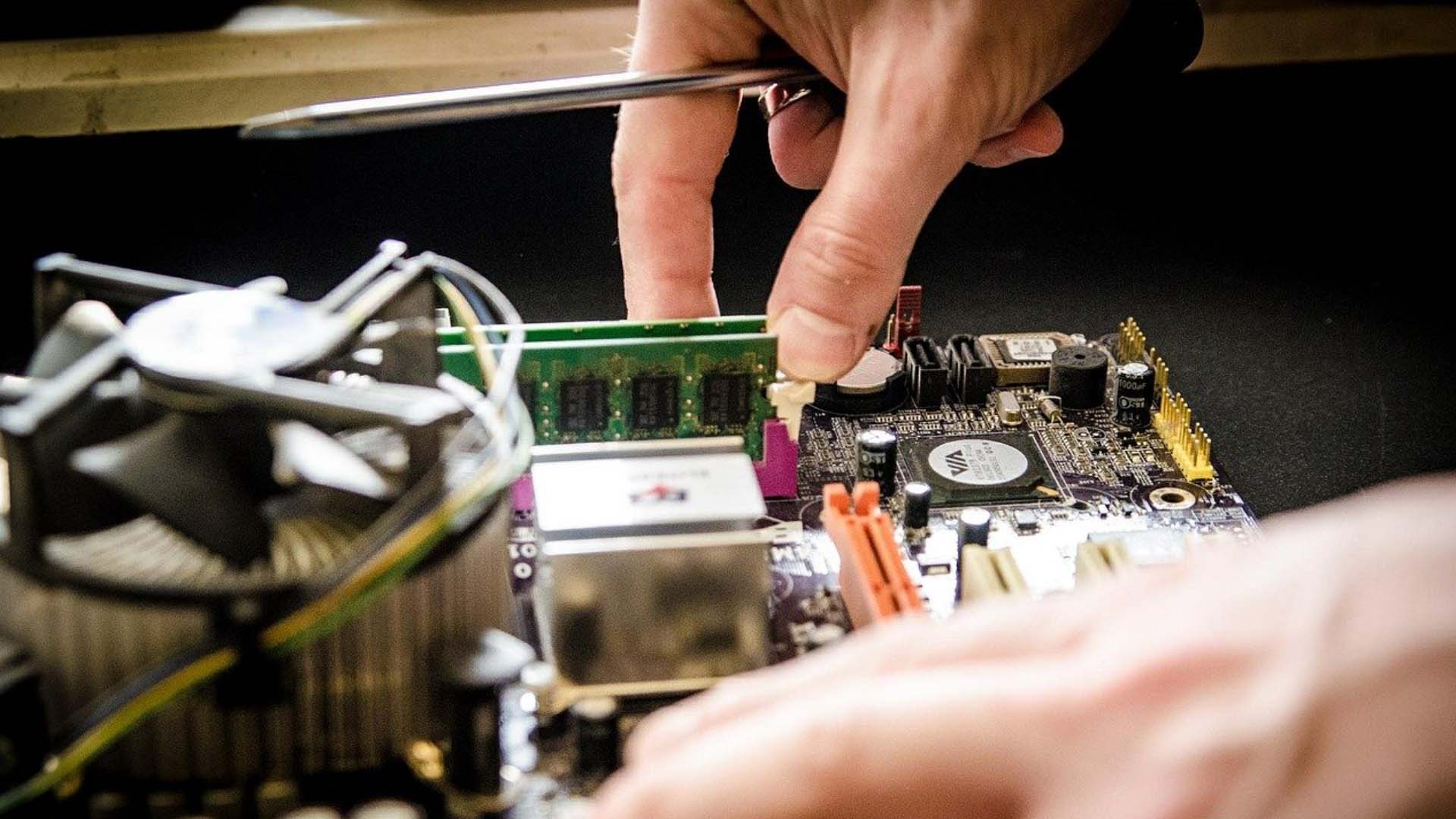Lifelong Learners In The Era Of One-Click Answers: How To Cultivate Love For Learning

As educators, you may already realize that you are living in an information-rich society. Decades ago, teachers were the dispensers of information, but the rules have drastically changed.
To help children become great lifelong learners, teachers must show students what to do with voluminous pages of information, how to critically process such information, how to analyze it, and then effectively use it. Children today need guidance and constant practice with real-world situations to develop the different attributes of an effective communicator, a critical thinker, and an active investigator. These attributes all help reinforce the desire to become a lifelong learner.
Your classroom must inculcate the desirability of becoming a lifelong learner. Today, there are several methods you can use to help students move towards developing the attributes of lifelong learners.
Children’s math and english tuition teachers share how educators can cultivate a love for learning in today’s information-rich society.
8 Tips to Cultivating Love for Learning in the World of Instant Answers
1. Solve Real-world Problems
Embrace student-centered collaborative learning which incorporates some kind of problem-based learning. This method emphasizes solving real-world problems.
If you show students how their learning connects to real situations, you are sending them a message that the subject matter is relevant to their lives. Focus on why they need to learn it instead of what they must learn.
Aesop’s Fables are an obvious example since each story comes with a moral lesson. In talking about the weather in science class, for example, you can show students how important it is to know the various types of storm or hurricane warnings. Without them, people would be stranded outside and be in danger. Children would not be sent home early for safety reasons, and their parents would be trapped in their workplace or building.
2. Make Curiosity Homework
Let your students compile a journal of gathered questions. They must bring this journal wherever they go. Also, they should keep their journal entries creative by writing questions, creating a collage, or drawing pictures. Let them know that the topics they have collected can be developed for further exploration, either at home or in class.
This classroom activity can teach students how to ask questions effectively. In turn, this will improve student achievement not just in all their subjects but in their lives as well.
3. Offer Choices
To become lifelong learners, students must be provided with opportunities to pursue their interests and curiosities. It would be a good idea for schools to let teachers design units of study that are responsive to the interests of students and aligned to standards.
Teachers should identify each opportunity for kids to make their own choices regarding their learning. For instance, provide them with reading opportunities where kids can freely formulate and ask their questions, or give them homework with options as to how it can be accomplished.
4. Allow Time for Play
Play can supercharge learning. Play-based learning allows the brain to have a mental break. When learning is no longer fun, it will become a mundane task where passion cannot coexist.
Moreover, play stimulates curiosity and imagination in children. Math tutors emphasize that play can also be used to solve math problems. The components of play are actually similar to those of learning – risk-taking, games, social learning, novelty, discovery, curiosity, and trial and error.
5. Peer Teaching
Peer teaching is the process of having students teach one another. This type of activity helps reinforce their knowledge and skills. Active learning will get their brains geared up for curiosity mode.
Observe how one curious child can spark the others’ interest when a new toy or learning accessory is introduced. You will notice how the first few kids to show interest become the designated peer teachers in the process.
6. Foster Creativity
Creativity drives passion. If you let a child’s mind wander, you will find that there is always something that will definitely draw their interest. Creativity can be encouraged through self-expression. Let them write a poem, paint, draw, read a story aloud, dance or act out a scene.
7. Make Them Laugh
Humor is an excellent way of engaging children in any setting, most especially the classroom. It helps encourage the flow of the discussion by getting their attention and keeping them engaged. Teachers don’t have to be comedians or actors to engage their students, but it helps to learn how to speak their language. With humor, teachers can turn a dull lesson into an engaging class activity.
8. Offer Hands-On Experience
Students can learn much through exploration. Field trips are treasured learning experiences and are among the best tools to provide your students with real-world involvement. If they leave the classroom, they will see the connections between what is happening in their school and in the outside world. Hands-on learning will make concepts more tangible and memorable.
Lifelong learning preserves the desire of students to learn new things outside of the typical education system. The only way your students can succeed in today’s dynamic environment is by developing an attitude of wanting to constantly learn. Technology and information are right at your fingertips for you to take advantage of and help your students make learning a part of their life.




